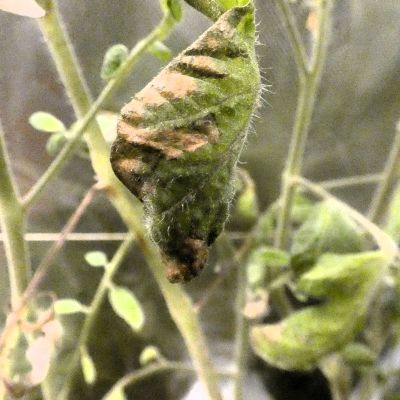Tomato Botryosporium Mold Info
What is botryosporium mold? Botryosporium mold is a problem affecting tomato plants that is caused by the botryosporium fungus. There are actually two different fungi that can cause the issue: Botryosporium pulchrum and Botryosporium longibrachiatum. These two fungi can affect a wide range of plants. On tomato plants, botryosporium mold manifests itself as a thick collection of white to gray conidiophores, or thin filaments attached to the leaves and stems. It looks very similar to and is sometimes mistaken for gray mold (a different problem caused by the fungus Botrytis cinerea).
How to Treat Botryosporium Mold on Tomatoes
Tomato botryosporium mold is most frequently seen on tomatoes that are grown in protected areas, such as in greenhouses, in hoop houses, or under protective plastic. It often appears on wounds on the plant, such as stubs left behind after pruning or on spots where leaves have been stripped away or broken off. It may also develop in dead or decomposing leaves on the ground under the plant. The best form of treatment for botryosporium mold is increased air circulation. Luckily, it tends to clear itself up if the tomato plants are moved out into the open air as temperatures rise. Although the mold is unsightly, its presence has no serious repercussions, and it can usually be ignored and simply waited out.
